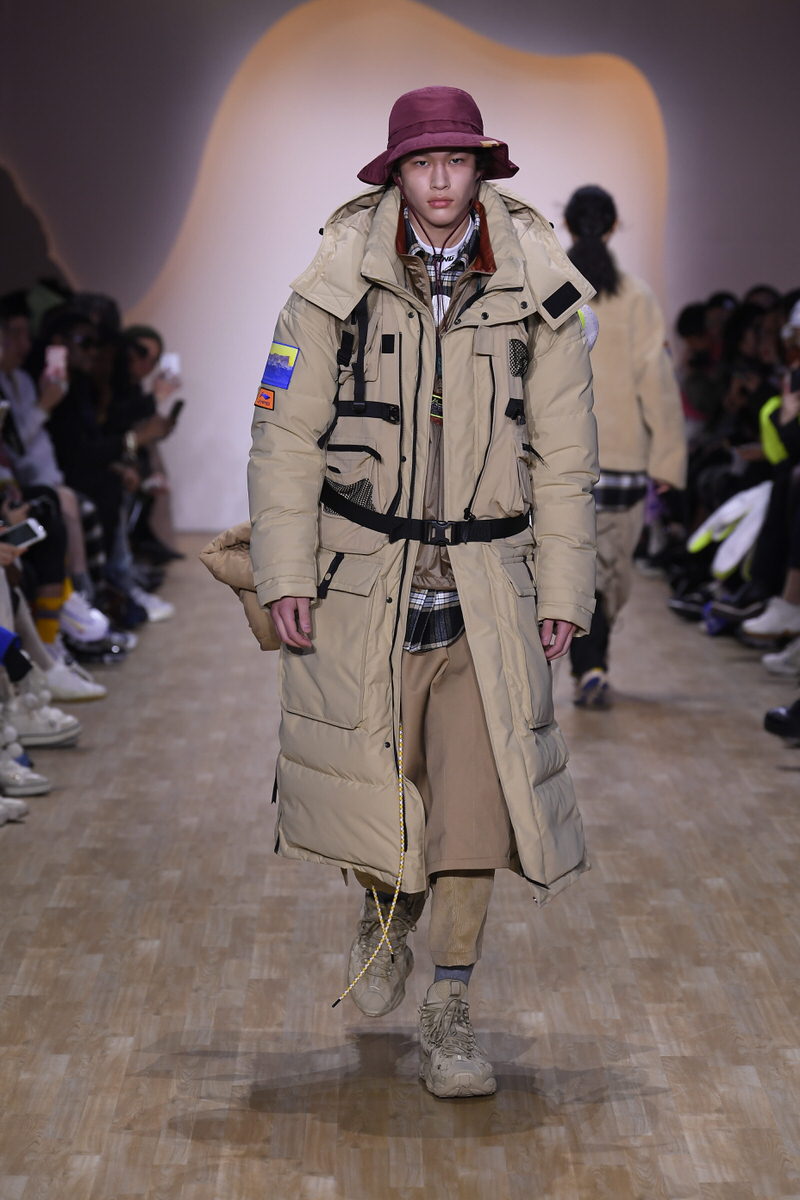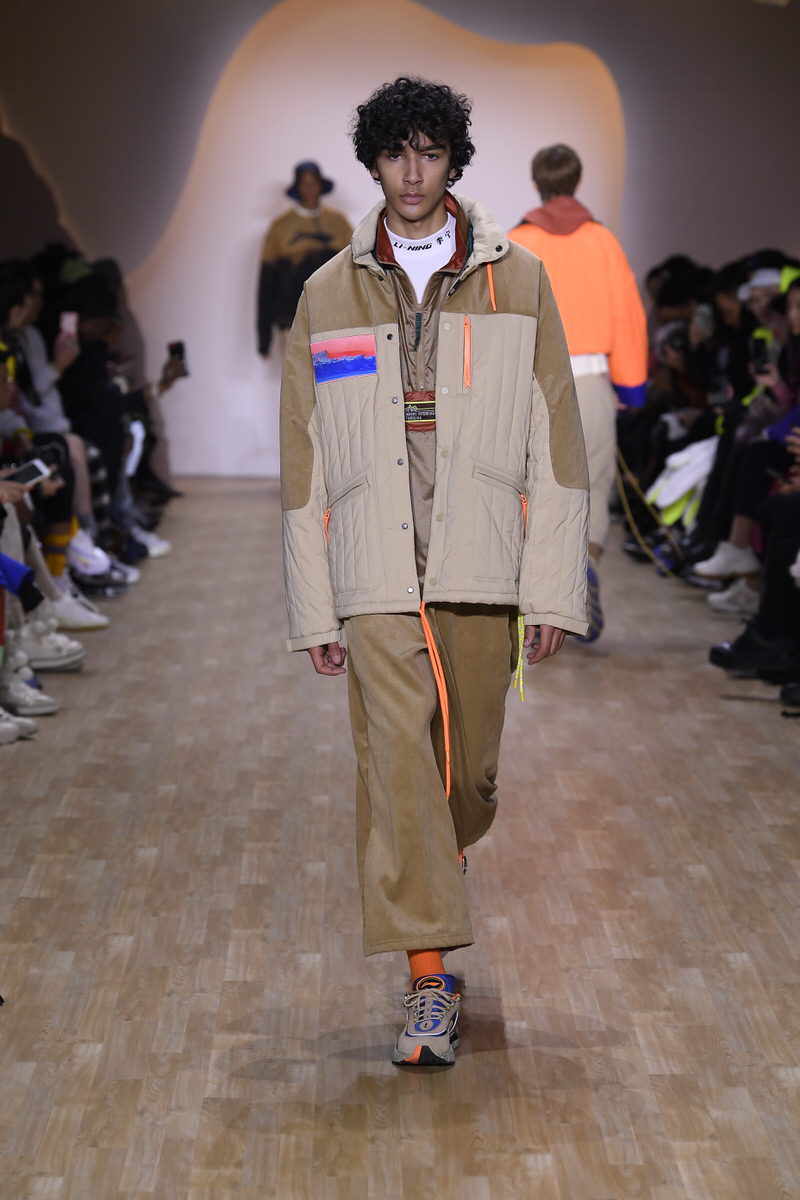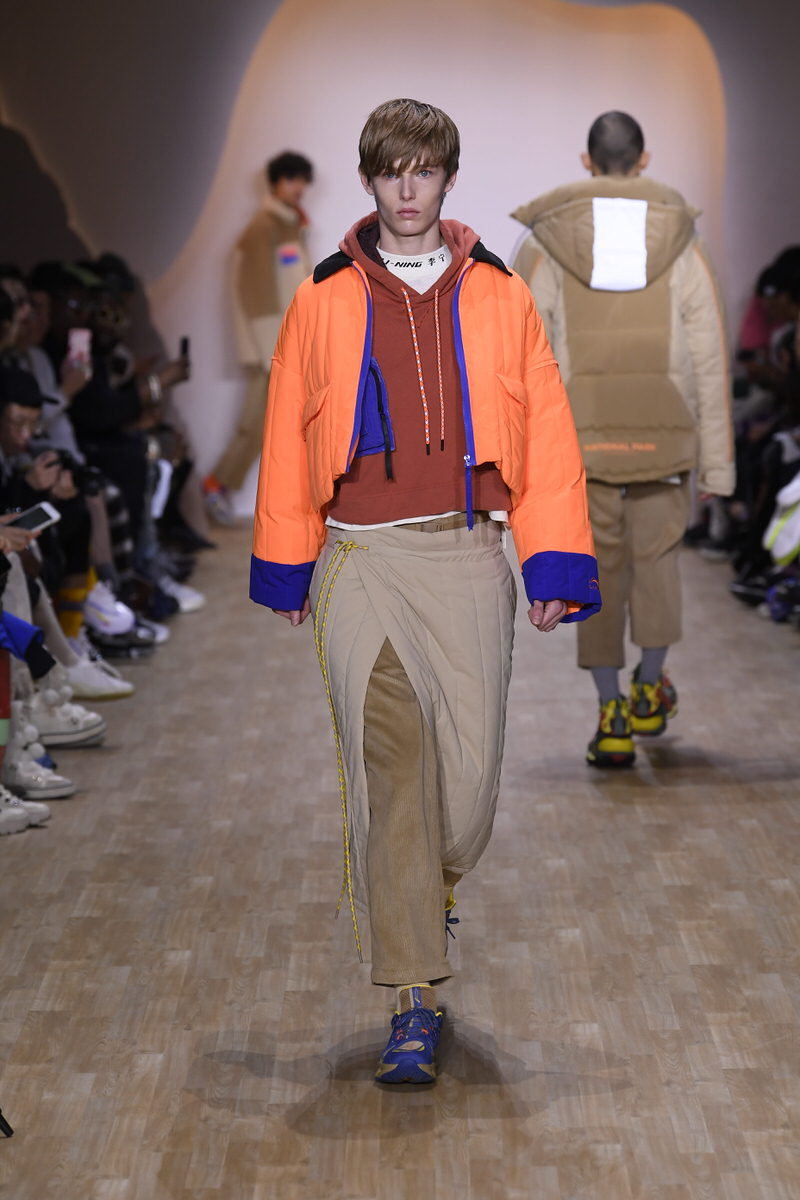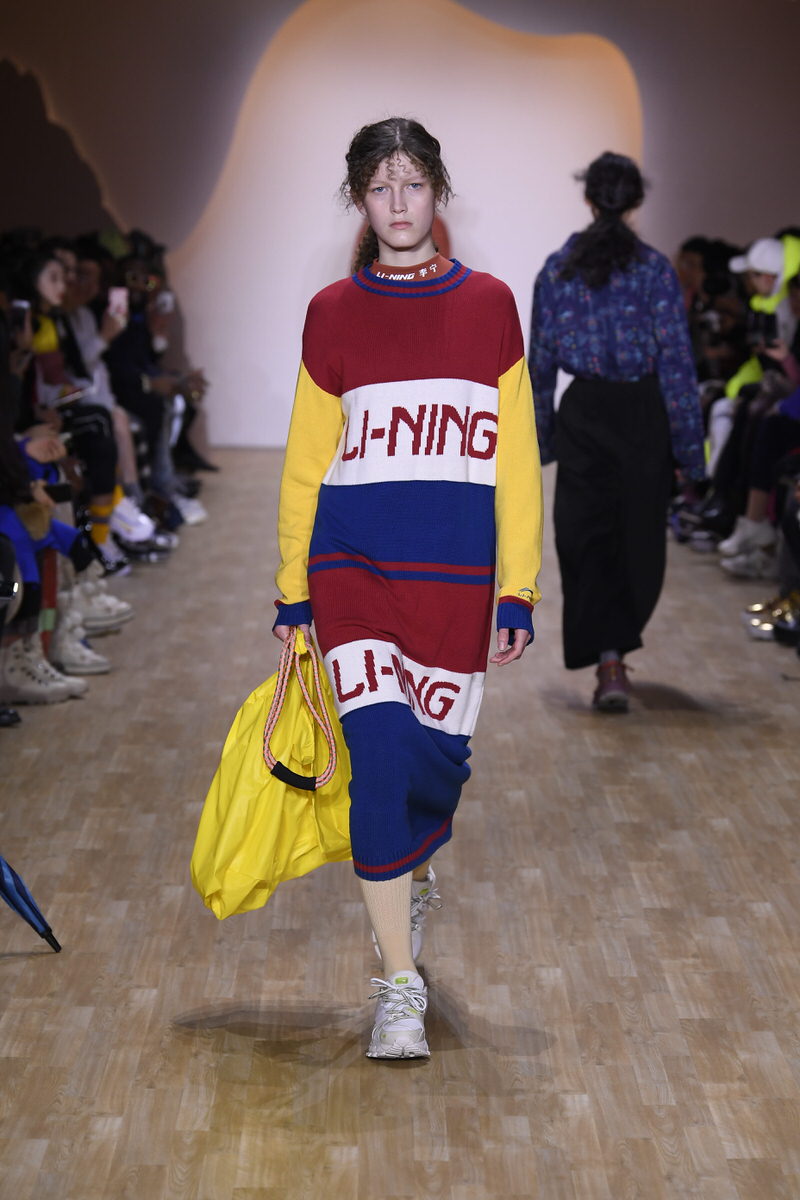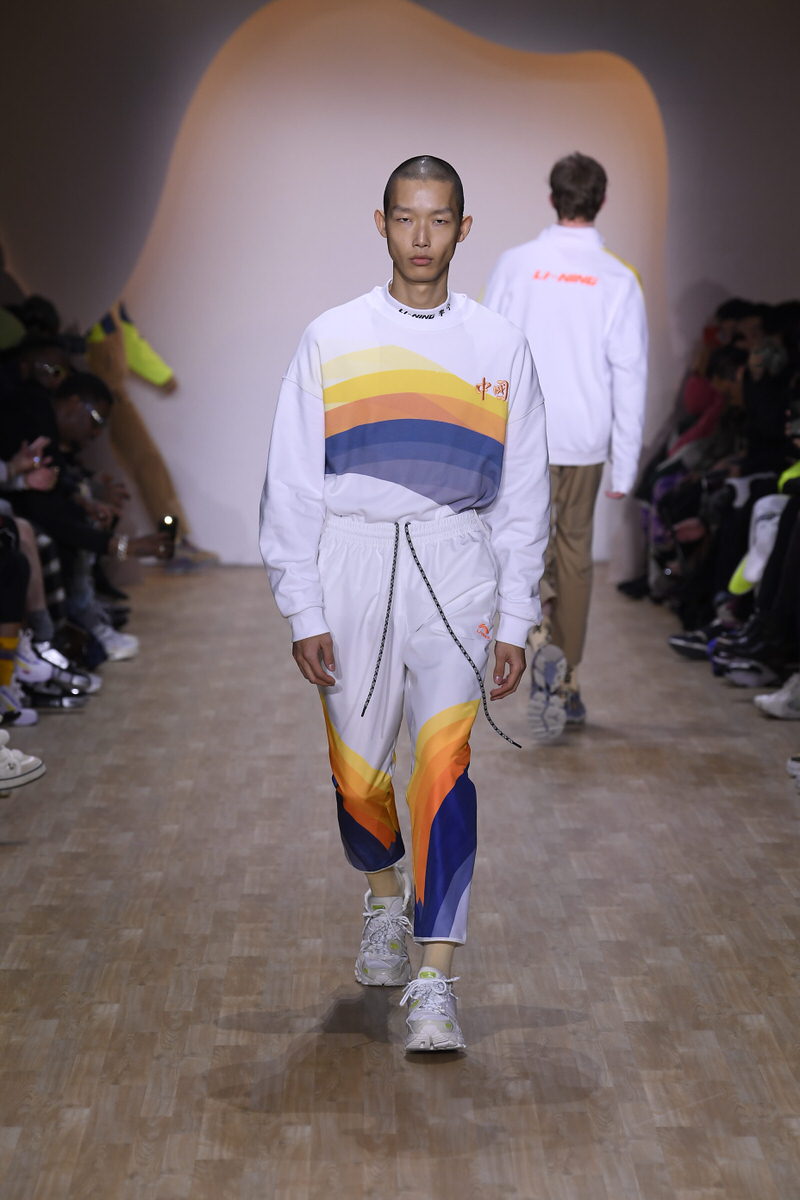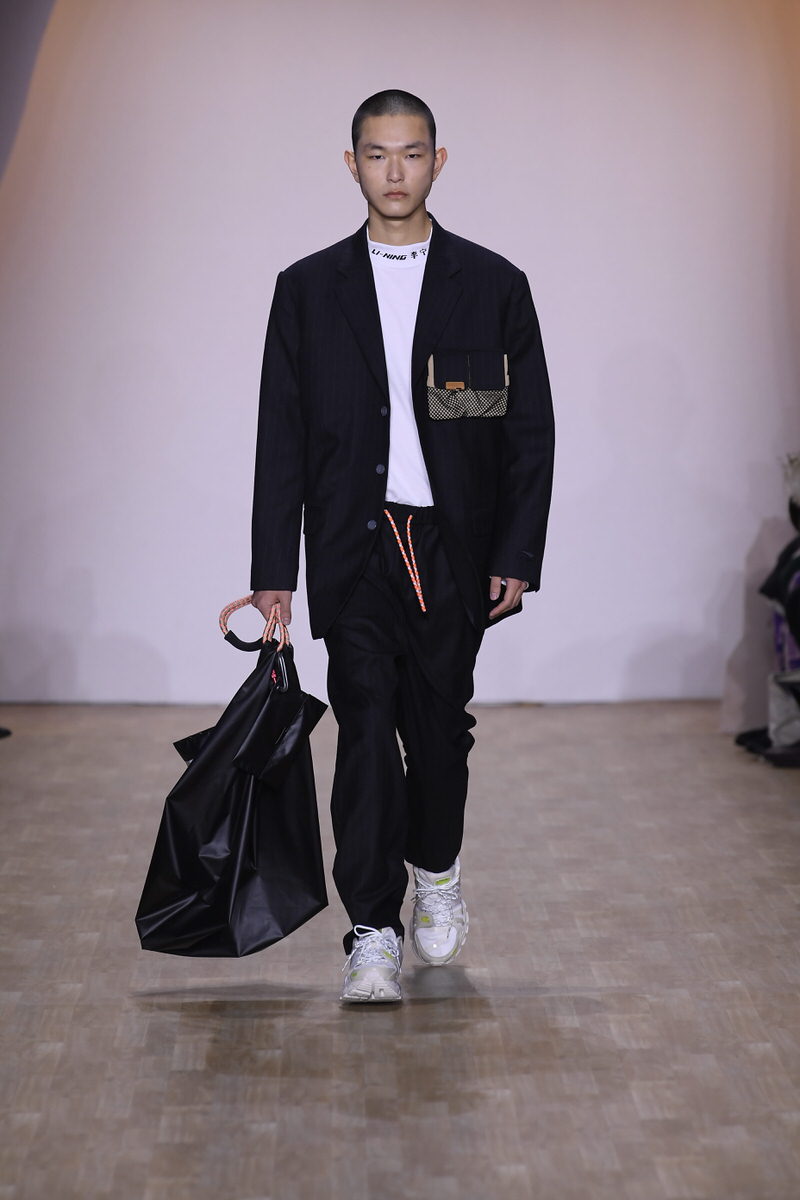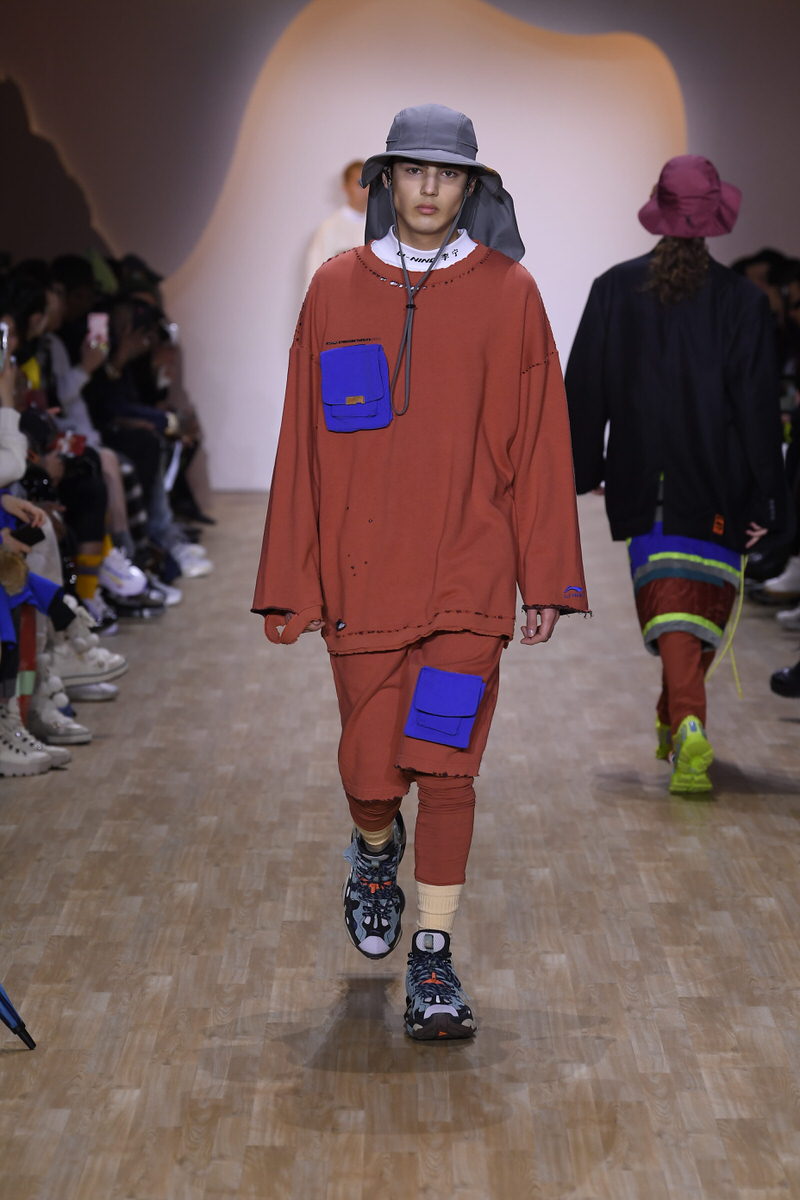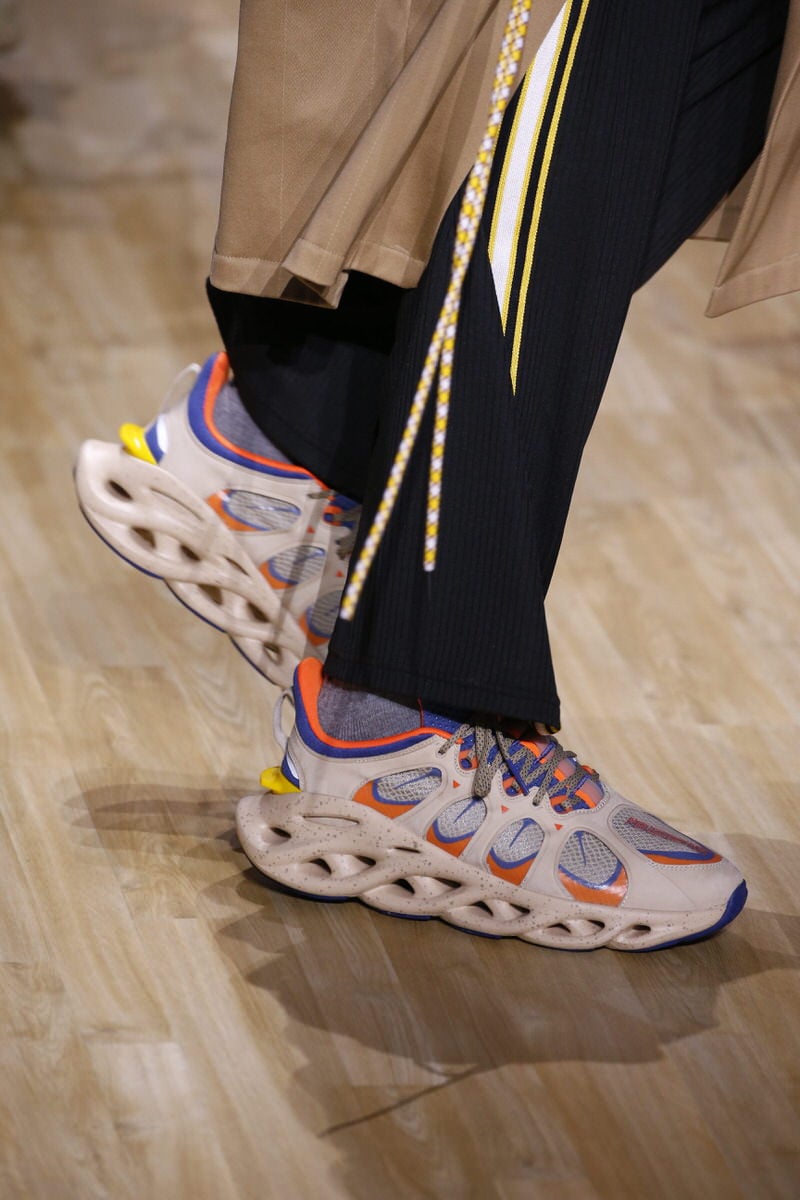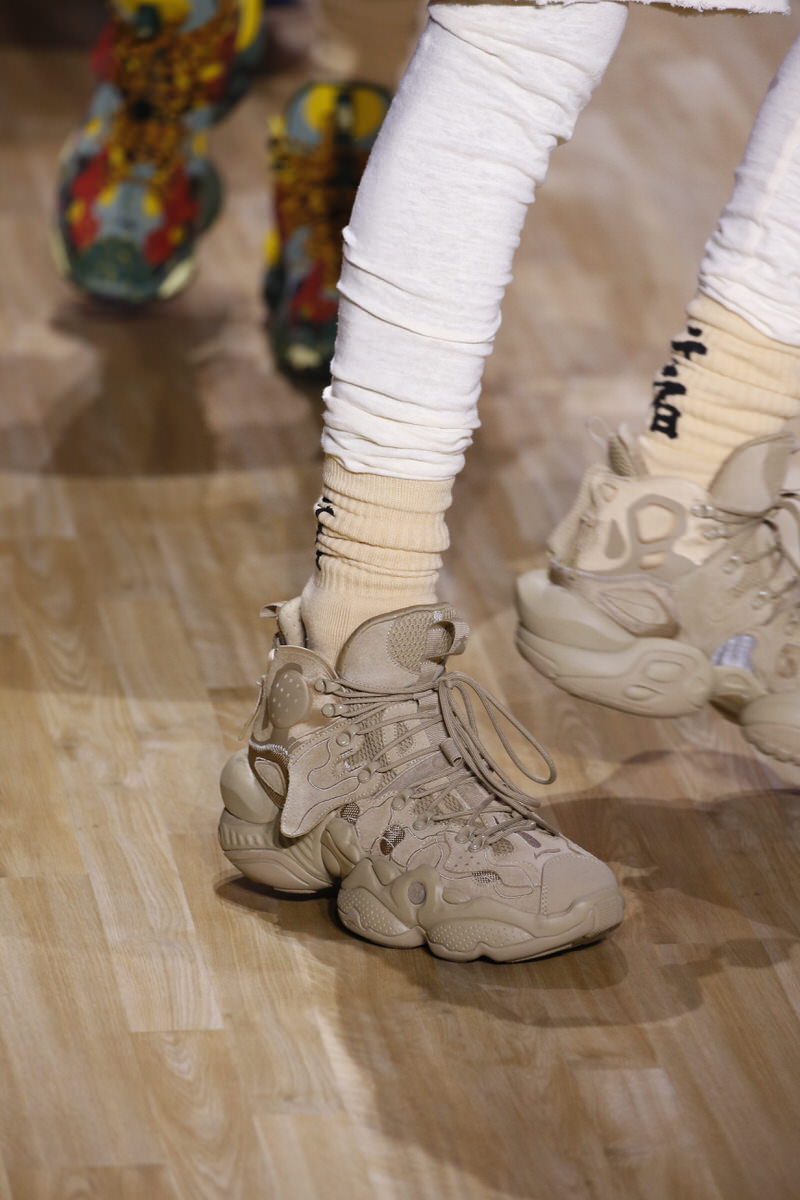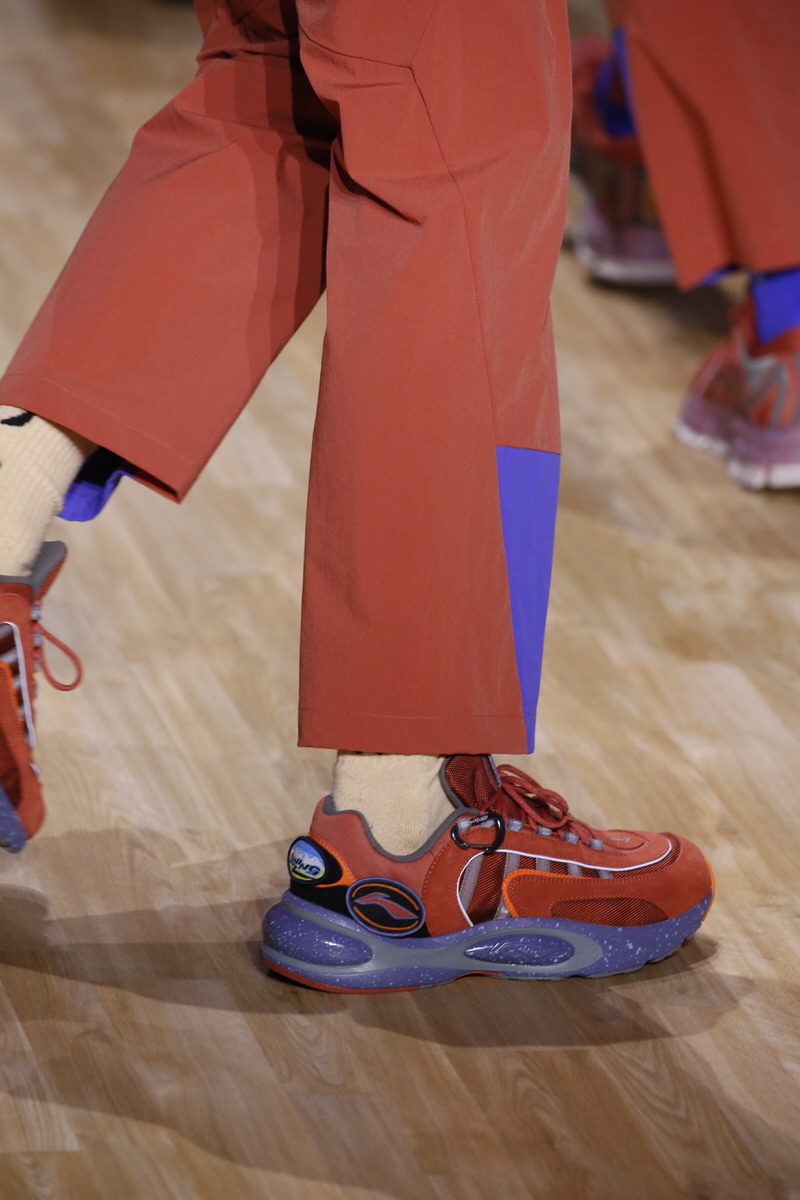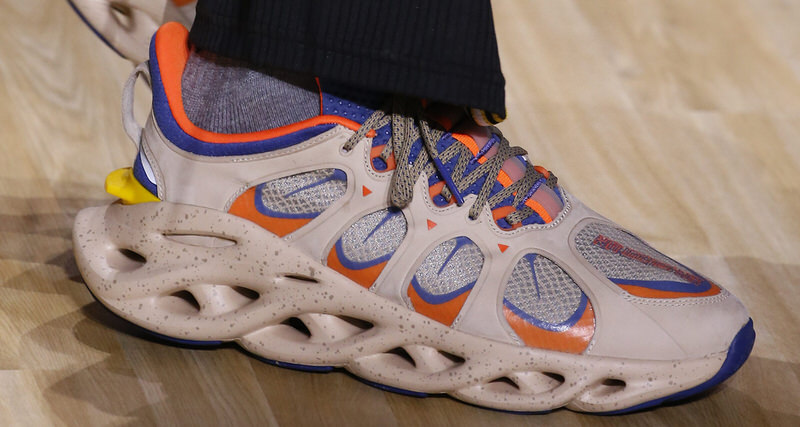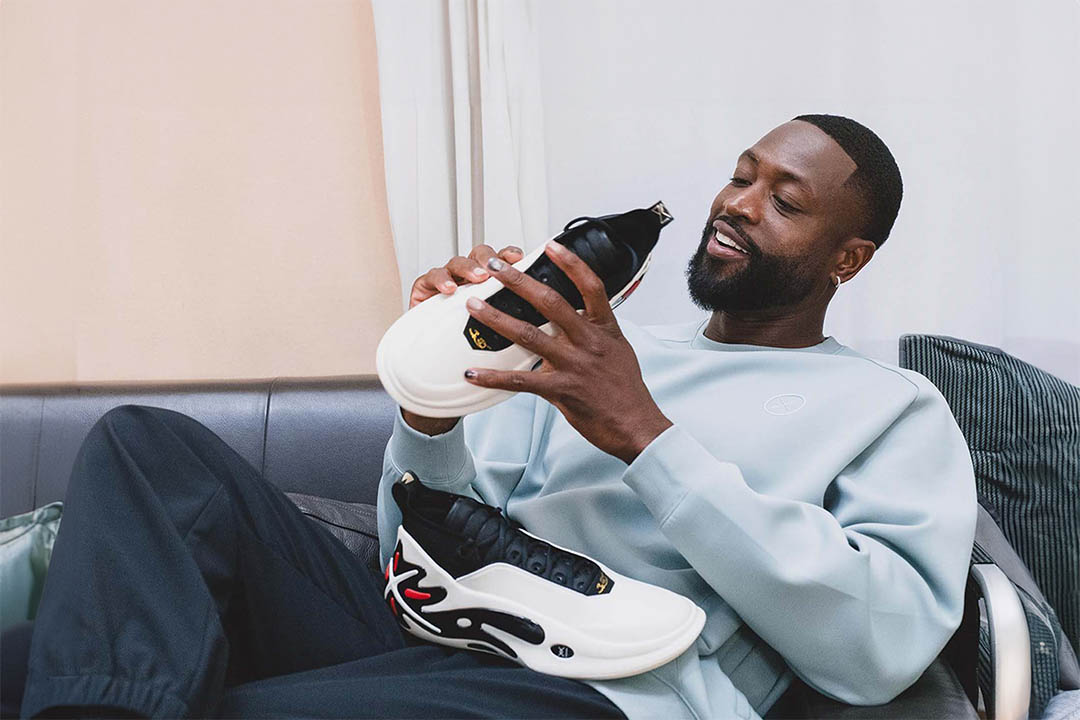This post may contain affiliate links. Please read our disclosure policy.
There has always been a harsh and puncturing stigma surrounding Chinese fashion. Dating back decades, garments produced in the East Asian country have been riddled in deafening criticism. Much of it earned and almost insurmountable in that the fickle industry rarely (if ever) forgets.
Chinese fashion had been cursed with a silencing reputation that labeled the vast majority of its works of poor quality and equally shoddy manufacturing. Of greater emphasis, China is linked to grandiose imitation in lieu of thoughtful innovation. Where America is widely championed for its contributions in denim, Italy for its fine tailored suiting, and other regions of Europe for its daring and concise womenswear, China, if nothing else, has historically been at the center of counterfeit culture.
While ruinous, this narrative wasn’t entirely inaccurate. The damaging missive spoke directly to the history that had befallen Chinese fashion and its suffering industry. Lacking in authenticity with a reputation that had crossed oceans, rang out editorially, and prevented new talent from the region to thrive, industry restrictions related to China’s past stalled in its progression for what seemed like decades. Fashion moved forward while China longingly gazed from a distance, losing ground and lagging behind.
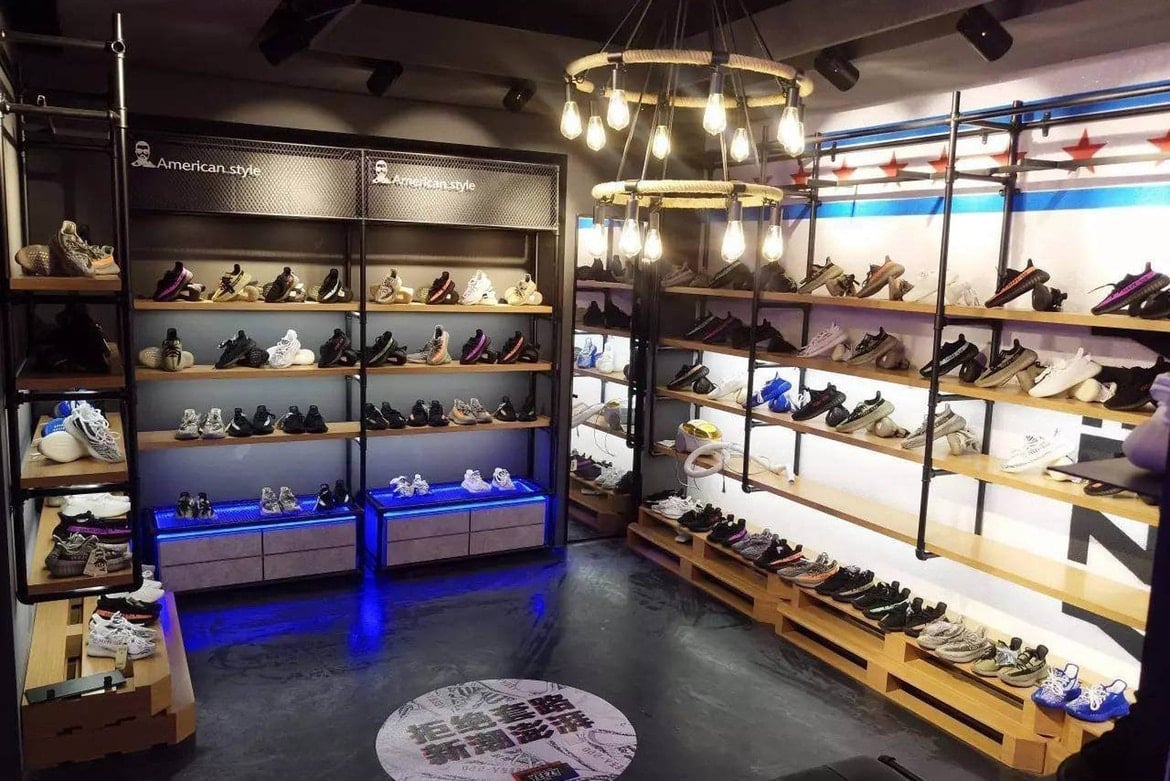
Finally, with time and holistic structural reform, the fashion industry [in China] is on the rise. Working in parallel with its counterparts in Japan and Korea, China’s reprise has found its basis in education. Talented and youthful students from the region, years ago, began attending prestigious fashion institutes in the US and Europe — Parson’s, Central Saint Martins, and FIT — and subsequently created brands of their own that soon after found some level of success. It’s this train of thought and exercise in independence that has made China a great nation. While it has taken painstaking chunks of time for the fashion elite to follow this age-old adage, it’s taking shape in Chinese authored fashion.
Generational talent from China would quickly rise through the ranks showcasing impressive collections at fashion weeks in the world’s greatest style metropolitans — including and aiding in the emergence of Shanghai Fashion Week. Shifting what has now become a dated vignette, China fashion, by embracing the dense richness of home and via exterior applause, finds itself “having a moment.”
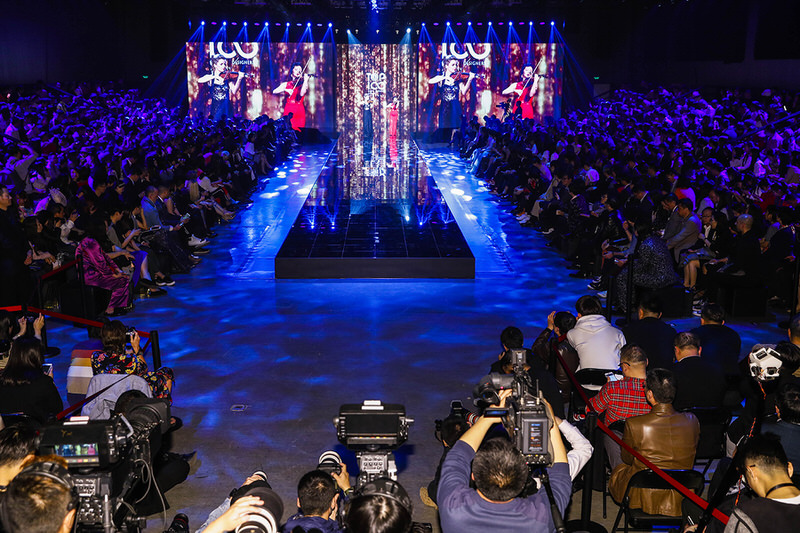
This March, French multinational conglomerate LVHM (Moet Hennessy Louis Vuitton) will award its debut prize during Shanghai Fashion Week. This towering industry feat trails another — Business of Fashion’s coveted China Prize which will also debut this year. The appraisal of Chinese fashion has skyrocketed like property taxes in a newly gentrified community. They’re now, unequivocally, in vogue.
What began inward that now stretches vertically is the paramount and unified focus on cultural innovation in China. They’ve leaned sharply and smartly into their own heritage, allowing it to thump as a baseline for all other layers to be placed overtop. Foundation appeared to always be lacking in Chinese fashion, although the richness of their past and present traditions have long been ripe for the plucking. As soon as it became a focal point of design inspiration, a swift shift in consumer consciousness followed.
Now drinking from the proper source well, therefore, limiting the credibility of counterfeit claims, Chinese brands would emphatically pour into manufacturing upgrades. Local government even initiated a “Made in China 2025” campaign, which speaks to a collective effort to restructure manufacturing wellness across the country. And, primarily, to radically change the perception of what “Made in China” has been made to imply for so many years.
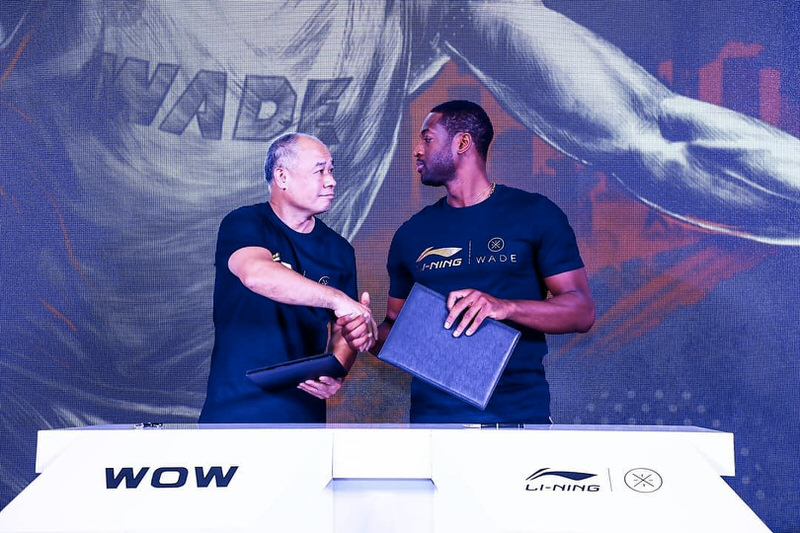
This historic trope is true for many Chinese brands. It serves as a partial truth for Chinese sportswear label Li-Ning. Founded in 1990 by famed gymnast Mr. Li Ning, his brand of the same name has traditionally been stationed in the realm of sports. But with limited distribution in America and Europe, while Li-Ning was experiencing success in its infancy back home, few other fashion capitals were even aware of its existence.
In sneakers that changed very abruptly in October 2012, when Dwyane Wade fled the cozy cultural confines of Jordan Brand for a long-term deal with the relatively unknown Chinese label. They’d offered Wade both a signature sneaker series and a majority stake in the company, leverage he never possessed with Jordan Brand or Converse before them.
While each of those American companies had given Wade stellar endorsement deals and signature sneakers, Li-Ning offered something much more weighted: ownership. It was something young black athletes weren’t being offered at the time. Much less considered for even if they themselves saw fit to ask. Wade was/is a catalyst in that regard. His foresight strengthened others after him to seek ownership, equity, and something beyond what they were simply being offered.
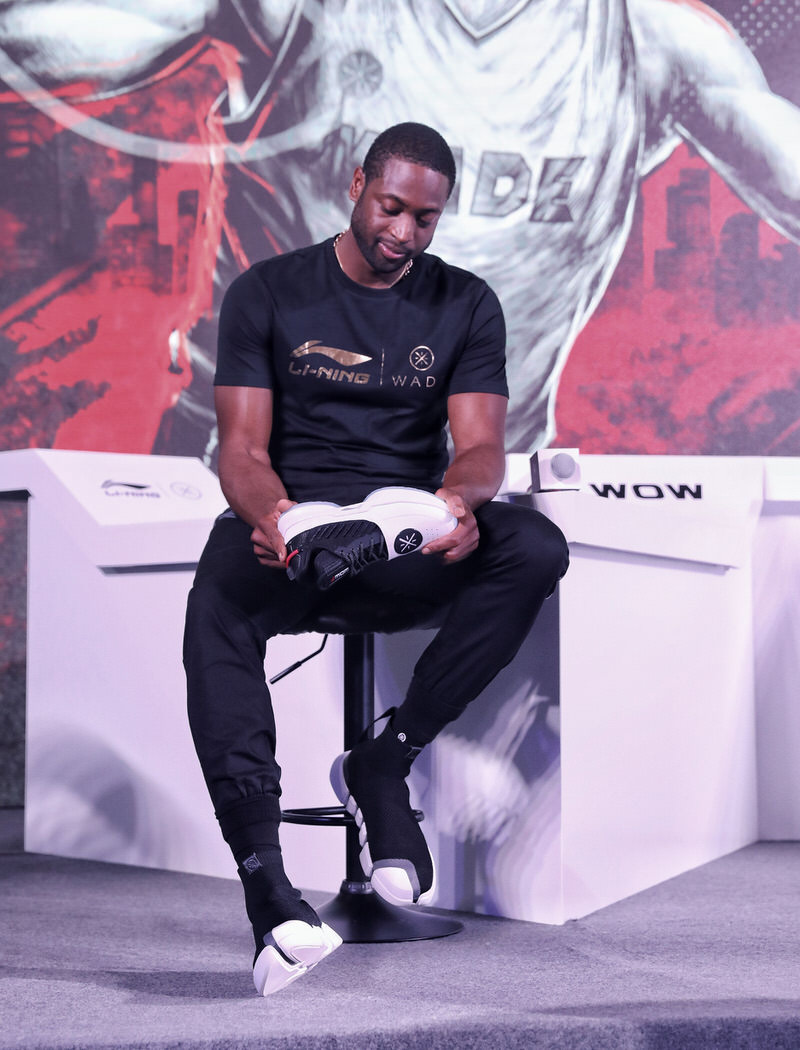
Much like the successful misdirection of a D Wade eurostep, Li-Ning’s entrance to the American mainframe was as clever as it was crafty. Signing a beloved basketball personality who just so happened to be playing alongside the most famous and visible NBA star in the world, LeBron James, Wade was an entry point of a lifetime and well worth his weight in equity.
Li-Ning quickly designed signature sneakers for the new face of its brand. Aesthetically removed from what consumers had grown accustomed to in the States, they were carving out a niche with a purposeful and studied design language that spoke directly to Chinese heritage and Wade’s unrelenting personal style. The narrative was being written; the book being outlined; its prose bright and evocative. Li-Ning, in haste step, became a household name in American sneaker culture before even distributing in the US. It was a masterful sub-cultural accomplishment known to very few. Although it would set the course for wider ambition.
Visually, and in reference to modern time, Li-Ning’s strategic plan for wider distribution started in early 2018. Almost a year to the date, the brand partnered with New York Fashion Week becoming the first Chinese sportswear brand to do so. Months later, in June 2018, Li-Ning made a forceful debut at Paris Fashion Week. The collection was nuanced and fresh but above all truthful, chronicling the earliest athletic achievements of Mr. Li-Ning while also rooted in the history that had championed foundational Chinese sportswear.
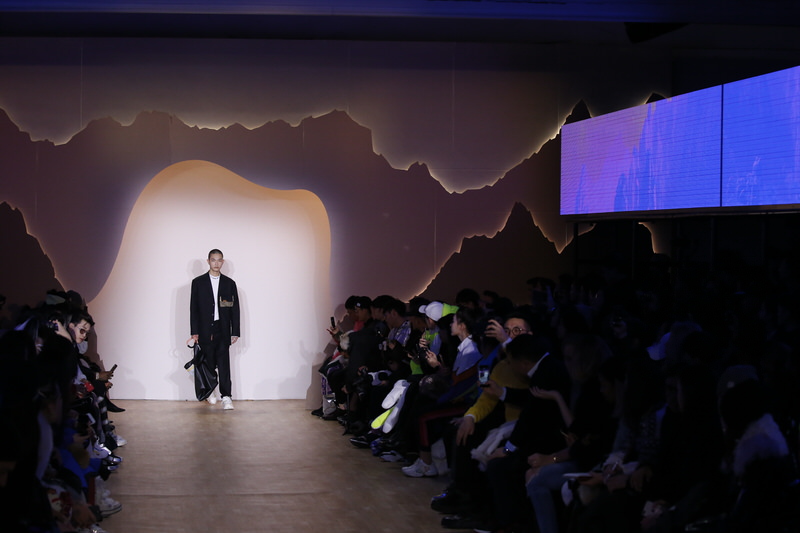
Mr. Li-Ning famously won six medals in the 1984 Summer Olympics. His accomplishments that year — which, of a lifetime, includes 106 gold medals — are central in that they represent the People’s Republic of China’s first time participating in any Olympic ceremony. Those accolades were crystallized through a dense wellspring of Chinese heritage, a color story aligned with textural framing presented through vibrant garments and avant-garde sneakers.
This story doesn’t quite culminate with Li-Ning’s first New York Fashion Week: The Shows presentation earlier this February, but it does signal a critical juncture that continues to eradicate antiquated narratives. The runway show, attended by global media, New York fashion elite and the city’s most respected journalists, was the moment Li-Ning has traveled all this way to conquer.
Industria, a cement-laded, refinery-styled space in New York’s meatpacking district, was the scene for their biggest moment within the gaze of the American fashion consumer. Immaculately styled looks flooded the runway in what has already been crowned their best head-to-toe collection to date. This illuminating autumn/winter 2019 offering finds inspiration in the lush dynamism of China’s national parks and adoring landscapes. Li-Ning aimed to juxtapose city and country by binding the journey between the two. Their sneakers, both modular and utilitarian, find commonality in the striking duality of Chinese life.
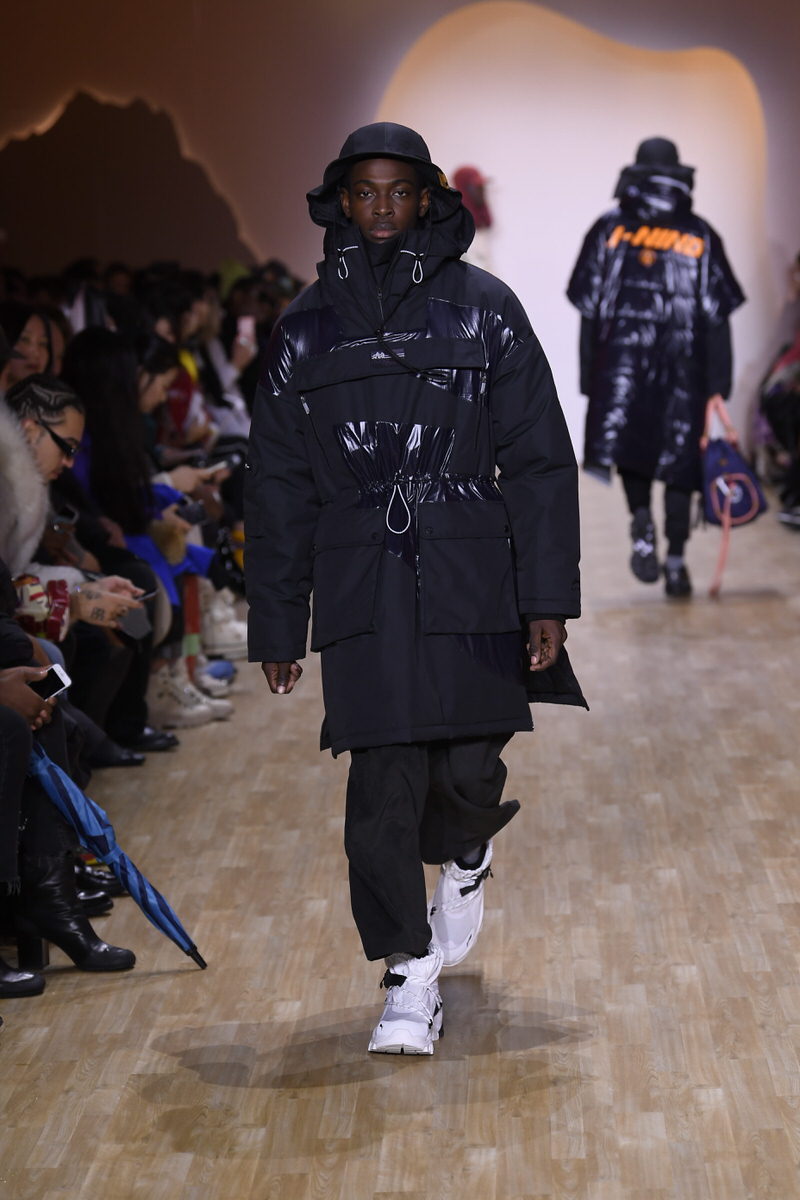
Prior to any model setting foot on the runway and the subsequent applause that roared after they all took a final lap, Li-Ning had generated buzz for the show far superior to any other brand rollout in the past. Much of this hinges upon Senior Marketing Consultant and former adidas executive Liad Krispin, who was instrumental in the inception of adidas Y-3 dating back to 2002. Krispin was also a lead for strategic campaigns surrounding Kanye West and Pharrell Williams with adidas Originals. His highly touted industry experience and past successes lend to the exultant rebranding of Chinese fashion and Li-Ning’s ongoing transition to the US.
Working in conjunction with the overarching theme of city and country was that of a retro-fitted ‘80s inspired sportswear aesthetic. Much of the apparel and footwear was designed by homegrown talent working at the brand headquarters in Beijing. Each of these youthful designers is removed from any relative signs of age.
Canvassing the brand’s temporary showroom in Harlem, stuffed full of contemporary sneakers they’d created and a slew of models hoping to wear them down the runway the next day, there’s a very considered representation of Chinese new school at Li-Ning. Each designer, enthusiastic and young yet far removed from inexperienced, is very measured before the estimation of their collective works is seen by hundreds of thousands in less than 24 hours. Confidence isn’t a problem among the designers in the room. Nor, for that matter, is arrogance. They’ve worked for this. Some of them, although no older than 35, have been at the company for a decade.
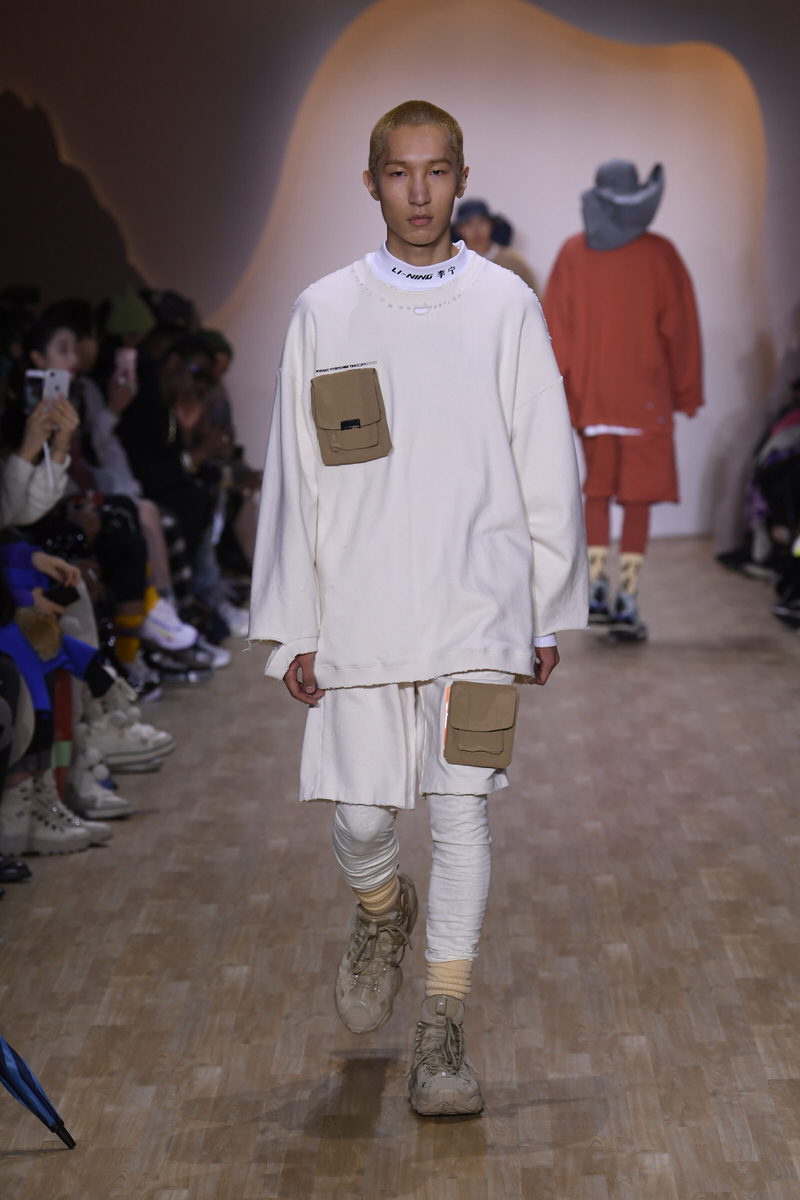
They don’t seem to wear any visible signs of anxiety. Maybe it’s because unlike many past Chinese sneaker designers, they have no desire to repurpose creations from competitors like Nike, adidas, PUMA, and Reebok. Growing up in admiration of those brands like many in China is, of course, rooted in their upbringing. Yet creating something truthful and authentic to China weighs far heavier. Both the moral and ethical high ground is the only position in which they aim to stand.
In part, they’re to thank for Li-Ning’s acceptance of its heritage both past and present. Having grown up in China yet during a time when the entire world is as accessible as it’s ever been, these early 30’s designers find influence at home and in the billion dollar sneaker industry that canvasses every crevice of the world. Li-Ning, as a brand, is of service in their own success and the growing assimilation of Chinese fashion. They aren’t simply hiring acclaimed designers from the States or Europe and offering enticing relocation packages. They’re extending competitive salaries and creative opportunities to students of fashion right at home.
Although this may seem simple enough, hiring locally penetrates twofold as it inherently increases the engagement with domestic consumers. The Chinese market is vast and newly reinvigorated. Asian consumers are traditionally very savvy, especially when speaking of Japan and Korea. And while there’s long been a disconnect with those regions and China, the gap is now lessening given China’s style renaissance, surging brands like Li-Ning, and the growing numbers of premium retailers and sneaker boutiques popping up in the greater China area.
The early failures of Chinese fashion compounded by damning criticism have nothing to do with Li-Ning. Similarly, it has very little to do with Chinese designers in general. What doesn’t quite register in the global consciousness is the understanding of the exclusionary construct that is the fashion industry. Consumed by all yet owned by just a few, history has proven that minorities and others circling outside primary European fashion houses have only seen moderate success over the history of the international circuit.
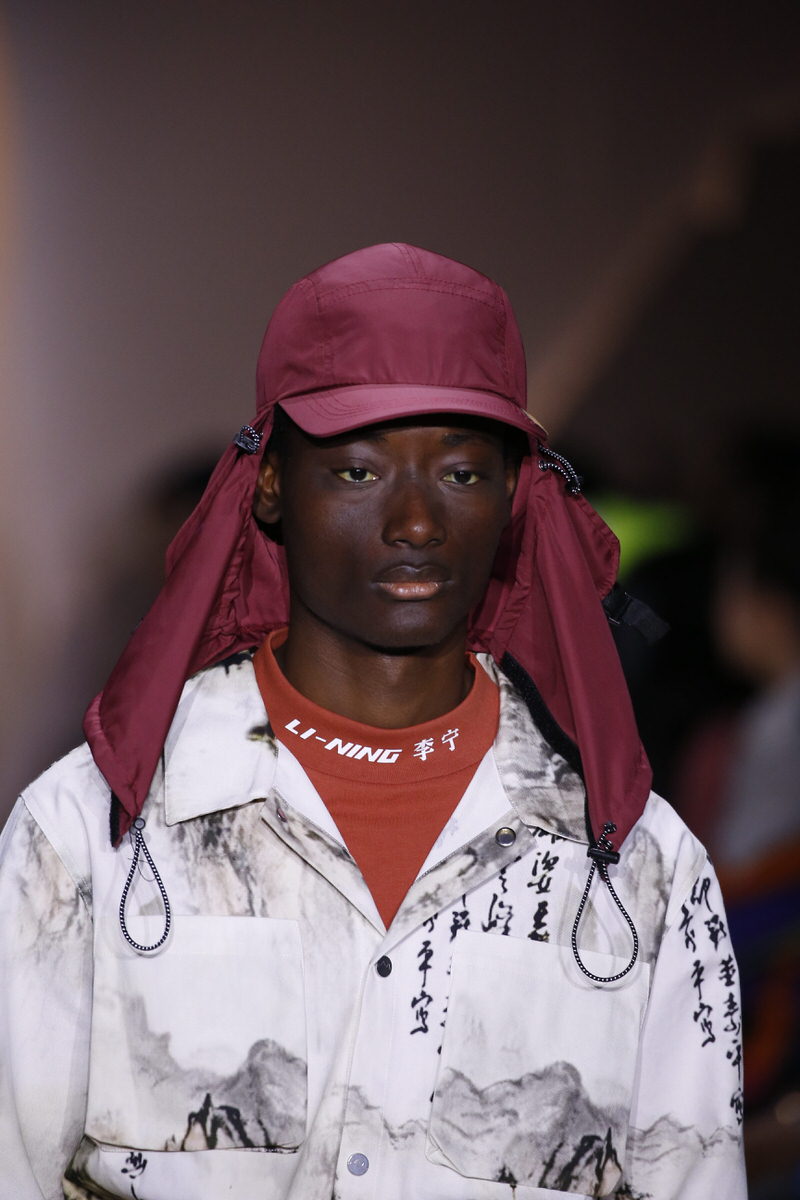
America quietly stands as a close-mouthed accomplice to China’s early fashion failures. In our disability to maintain a middle-class, shifting many of our manufacturing and factory jobs overseas, we effectively created one in China. We once produced many of our goods right here at home. But as we drowned deeper in the depths of our own capitalism, and found that paying fair wages for factory work just wasn’t conducive to our economy any longer, we sent an entire industry to China, putting much of their population to work before many of those jobs were eventually lost to advancements in automation and robotics. China struggled with the scale of this work; the bodies such demand required. Quality would take a turn for the worst and, with time, so would their legacy.
“Made in China” doesn’t mean what is used to. Li-Ning (and others) is part of the reason why. They’ve helped pull Chinese fashion from the depths of national embarrassment to within inches of global prominence. The brand’s widened distribution later this year will position Asian fashion towards an even stronger pivot, creating jobs and opportunities for an industry that has, over the years, effectively pulled many in China from boundless poverty.
Aiming to be the undisputed and venerable sportswear brand of Asia and beyond, Li-Ning has plotted its course and finds the finish line finally in view.

